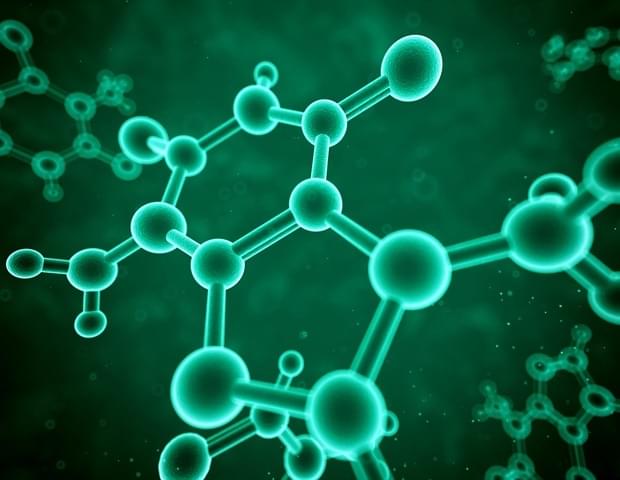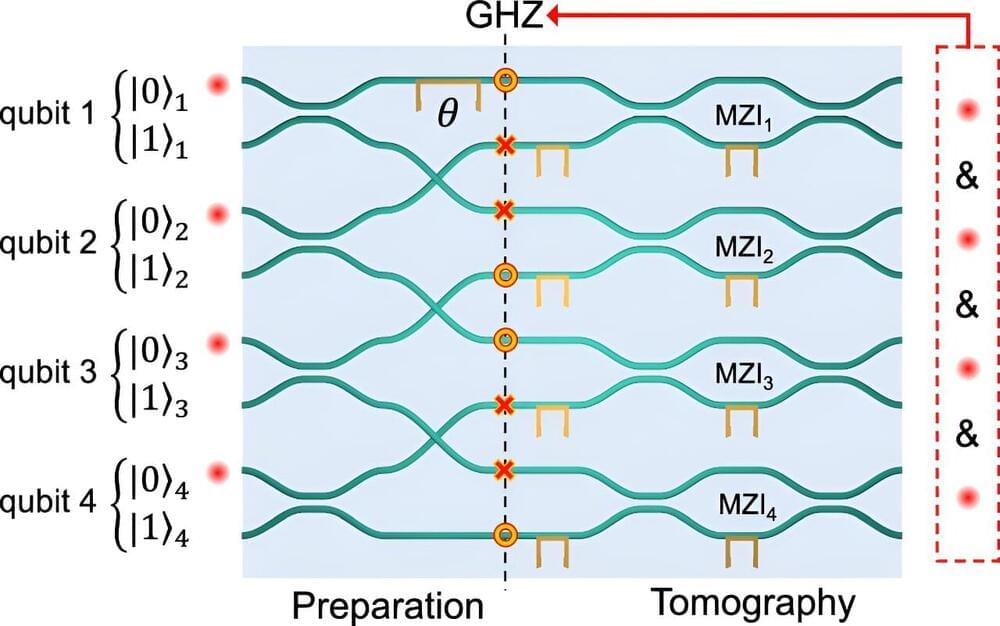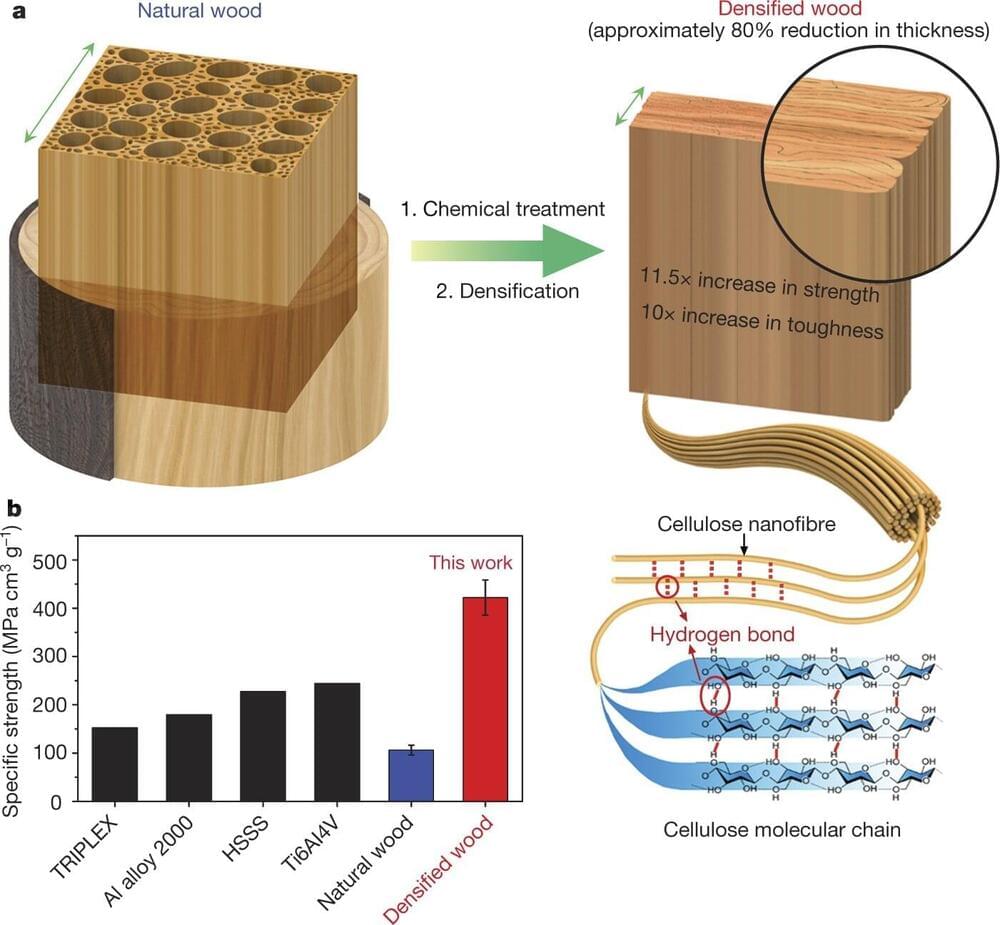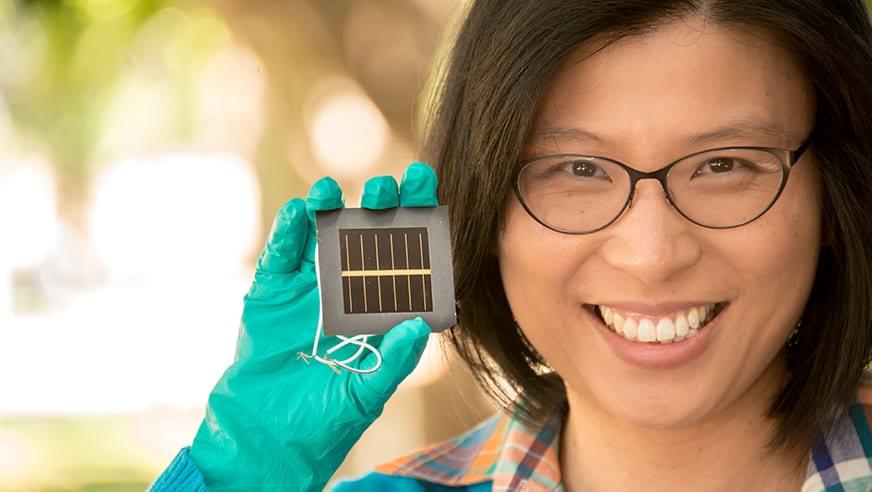Page 4
Aug 12, 2024
Alistair on X: I’m excited to share that we’ve built the world’s most capable AI software engineer
Posted by Arthur Brown in categories: policy, robotics/AI
We’ve detected that JavaScript is disabled in this browser. Please enable JavaScript or switch to a supported browser to continue using x.com. You can see a list of supported browsers in our Help Center.
Terms of Service Privacy Policy Cookie Policy Imprint Ads info © 2024 X Corp.
Aug 12, 2024
Breakthrough molecule reverses Alzheimer’s symptoms
Posted by Arthur Brown in categories: biotech/medical, health, neuroscience
In a new study, a molecule identified and synthesized by UCLA Health researchers was shown to restore cognitive functions in mice with symptoms of Alzheimer’s disease by effectively jumpstarting the brain’s memory circuitry.
If proven to have similar effects in humans, the candidate compound would be novel among Alzheimer’s disease treatments in its ability to revitalize memory and cognition, study authors said.
There is really nothing like this on the market or experimentally that has been shown to do this.
Aug 12, 2024
Older Trees Show Increased Carbon Storage with Elevated CO2
Posted by Laurence Tognetti, Labroots Inc. in categories: climatology, sustainability
How can older trees help combat climate change? This is what a recent study published in Nature Climate Change hopes to address as an international team of researchers investigated changes in woody biomass in older trees that have been while exposed to free-air CO2 enrichment (FACE) resulting from climate change. This study holds the potential to help researchers, climate scientists, and the public better understand the steps that can be taken to decrease CO2 emissions and combat climate change worldwide.
For the study, the researchers, led by the University of Birmingham’s Institute of Forest Research (BIFoR), conducted a FACE experiment through a combination of canopy laser scanning and tree-ring analysis to examine the 180-year-old Quercus robur L. woodland in central England between 2021and 2022. The goal was ascertaining the effectiveness of older trees compared to younger trees regarding their consumption of CO2, also known as CO2 storage. In the end, the researchers found increased levels of CO2 compared to ambient conditions in 2021 and 2022, respectively, equivalent to 1.7 tons of dry matter per hectare per year.
“Our findings refute the notion that older, mature forests cannot respond to rising levels of atmospheric CO2, but how they respond will likely depend on the supply of nutrients from the soil,” said Dr. Richard Norby from the University of Birmingham, who is lead author of the study. “Evidence from BIFoR FACE of a significant increase in woody biomass production supports the role of mature, long-established, forests as natural climate solutions in the coming decades while society strives to reduce its dependency on carbon.”
Aug 12, 2024
Quantum computers can accelerate the transition to net zero power grids
Posted by Quinn Sena in categories: computing, quantum physics
Researchers are studying how quantum computers can help optimise net-zero power grid operation and expansion planning.
Aug 12, 2024
Govee’s New Evangelion Themed RGB LED Lights Are on Sale Today
Posted by Quinn Sena in category: futurism
Aug 12, 2024
Are emergent abilities in large language models just in-context learning?
Posted by Shailesh Prasad in category: robotics/AI
According to a new study led by TU Darmstadt, AI models such as ChatGPT are apparently less capable of learning independently than previously assumed.
According to the study, there is no evidence that what are known as large language models (LLMs) are beginning to develop a general “intelligent” behavior that would enable them to proceed in a planned or intuitive manner or to think in a complex way.
The study, which has been published on the arXiv preprint server, will be presented in August at the annual conference of the Association for Computational Linguistics (ACL) in Bangkok, the largest international conference on automatic language processing.
Aug 12, 2024
Chip that entangles four photons opens up possibility of inviolable quantum encryption
Posted by Shailesh Prasad in categories: computing, encryption, information science, mathematics, quantum physics, security
Unlike classical encryption, which relies on mathematical algorithms, quantum encryption assures security based on physical principles. Detection of espionage or interference is guaranteed by unavoidable alteration of the quantum states involved.
Aug 12, 2024
New genetically engineered wood can store carbon and reduce emissions
Posted by Shailesh Prasad in categories: chemistry, energy, engineering, genetics, sustainability
Researchers at the University of Maryland genetically modified poplar trees to produce high-performance, structural wood without the use of chemicals or energy-intensive processing. Made from traditional wood, engineered wood is often seen as a renewable replacement for traditional building materials like steel, cement, glass and plastic. It also has the potential to store carbon for a longer time than traditional wood because it can resist deterioration, making it useful in efforts to reduce carbon emissions.
But the hurdle to true sustainability in engineered wood is that it requires processing with volatile chemicals and a significant amount of energy, and produces considerable waste. The researchers edited one gene in live poplar trees, which then grew wood ready for engineering without processing.
The research was published online on August 12, 2024, in the Journal Matter.
Aug 12, 2024
Australian solar team beats perovskite efficiency milestone, joins elite global club
Posted by Shailesh Prasad in categories: solar power, sustainability
Australian scientists have joined an elite club of just eight around the world, making a perovskite solar cell that can hit 30 per cent efficiency.
Led by storied University of Sydney professor Anita Ho-Baillie, the Sydney team’s work was weighed and measured by the US National Renewable Energy Laboratory (NREL).
“It shows that we are capable of producing high performance cells. The next step we will achieve is higher performance, either by double junction or triple junction,” Ho-Baillie says.


















